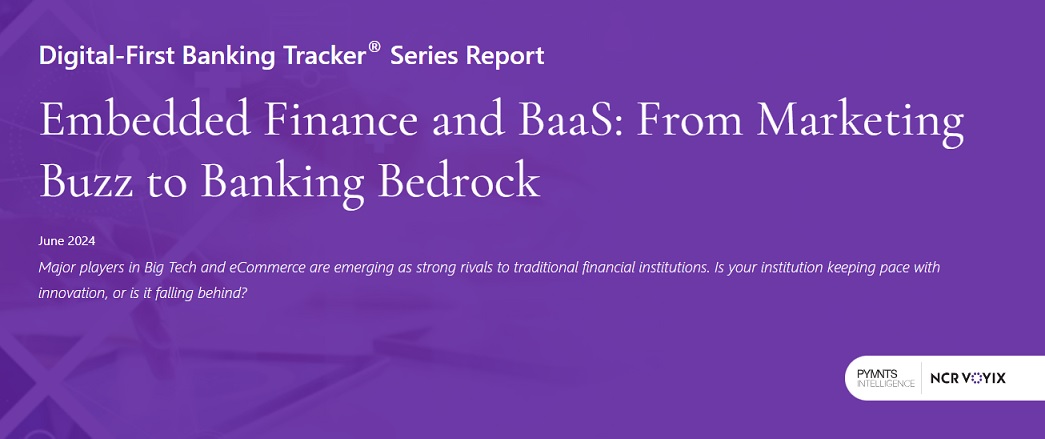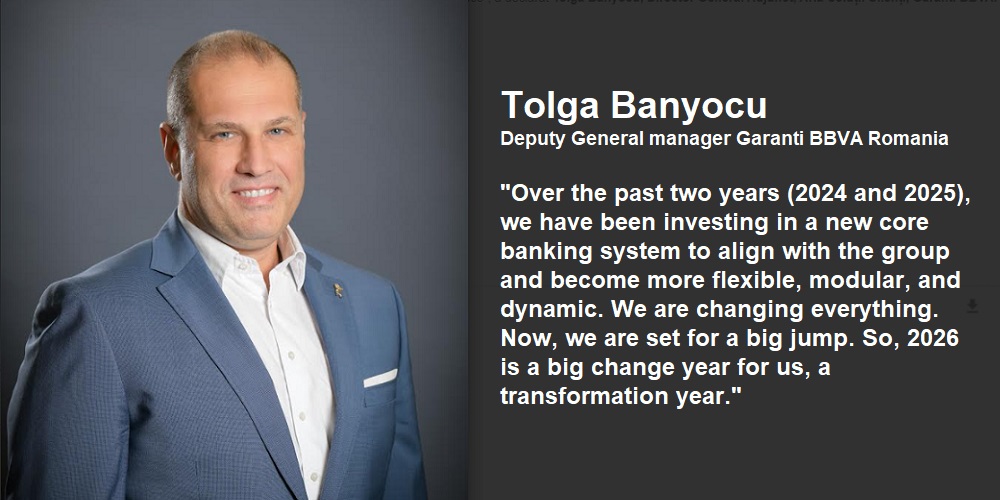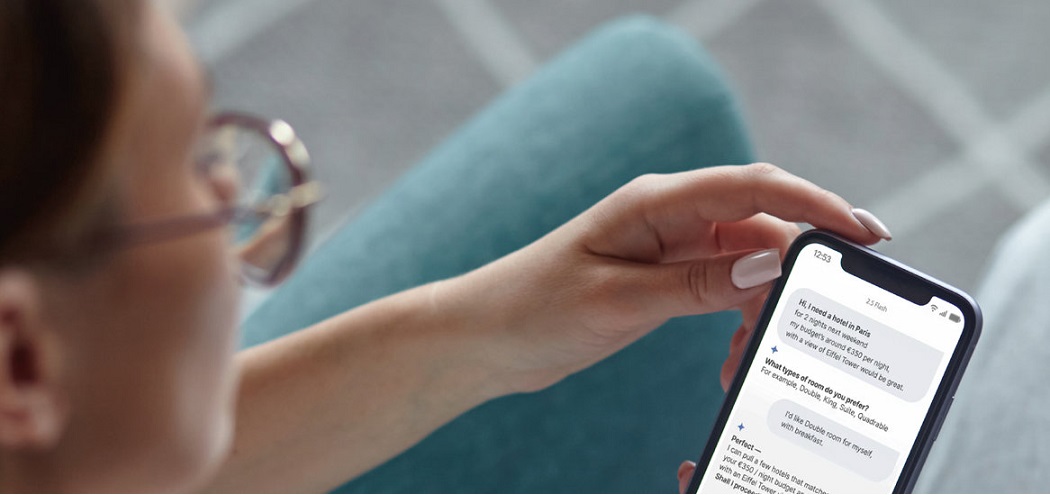79% of banks globally predict banking will become deeply embedded in everyday consumer and commercial activities – study

41% of financial institutions (FIs) have already implemented embedded finance solutions, and 48% have expanded their BaaS capabilities. 20% of banks are transitioning toward Banking-as-a-Service-centric models that enable them to offer a range of in-house financial products and services.
A recent PYMNTS Intelligence report, “Embedded Finance and BaaS: From Marketing Buzz to Banking Bedrock,” in collaboration with NCR Voyix, reveals traditional institutions must now make a critical choice: adapt to these advancements to remain relevant or risk being surpassed by more nimble competitors.
APIs Transform Embedded Finance
Embedded finance and Banking-as-a-Service (BaaS) are becoming integral to the banking industry, driven by the need to offer seamless financial solutions and counter competitive threats from Big Tech and FinTech companies. According to recent surveys, 41% of FIs have already implemented embedded finance solutions, and 48% have expanded their BaaS capabilities. This adoption reflects a strategic shift toward leveraging these technologies to stay relevant in a market increasingly dominated by digital-first players.
A trend is that 79% of banks worldwide expect banking to become deeply embedded in daily consumer and commercial activities. As a response to this shift, 20% of banks are transitioning toward BaaS-centric models that enable them to offer a range of in-house financial products and services.
This strategic move is crucial, as businesses are integrating C systems with payment providers via APIs to gain data-driven insights, a trend anticipated to accelerate with advancements in artificial intelligence (AI).
Navigating Roadblocks to Embedded Finance
Despite the clear advantages, adopting embedded finance and BaaS presents challenges. In the U.K., for example, two-thirds of banking executives cite at least 10 obstacles, including cost and risk factors, that hinder the widespread adoption of embedded finance. A staggering 99% of executives acknowledge at least one barrier, with a substantial number highlighting the absence of a unified internal strategy as a major hurdle.
Meanwhile, the regulatory environment remains a critical issue. In the U.K., 31% of compliance leaders report being hampered by regulatory uncertainty, while broader concerns about outdated systems and the lack of cohesive strategies exacerbate the problem.
European banks face additional security challenges, with 80% acknowledging the importance of API security, but only 24% having implemented comprehensive security solutions. These issues are particularly pressing for smaller community banks and credit unions, which often struggle with legacy systems and limited resources.
Dariusz Mazurkiewicz – CEO at BLIK Polish Payment Standard
Banking 4.0 – „how was the experience for you”
„To be honest I think that Sinaia, your conference, is much better then Davos.”
Many more interesting quotes in the video below:









